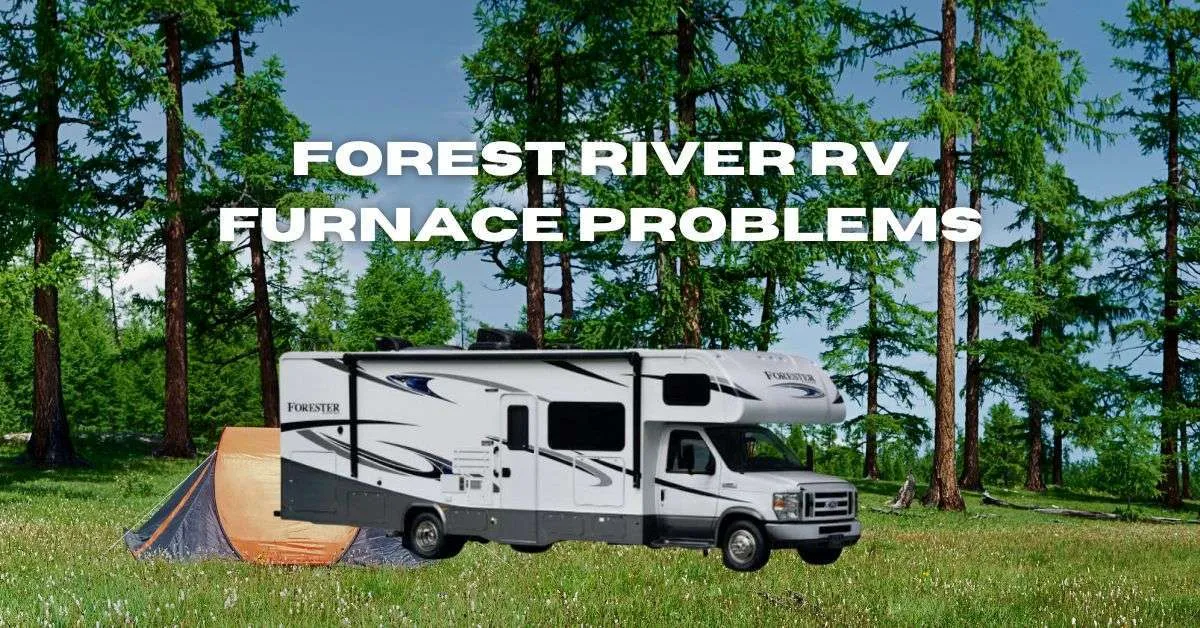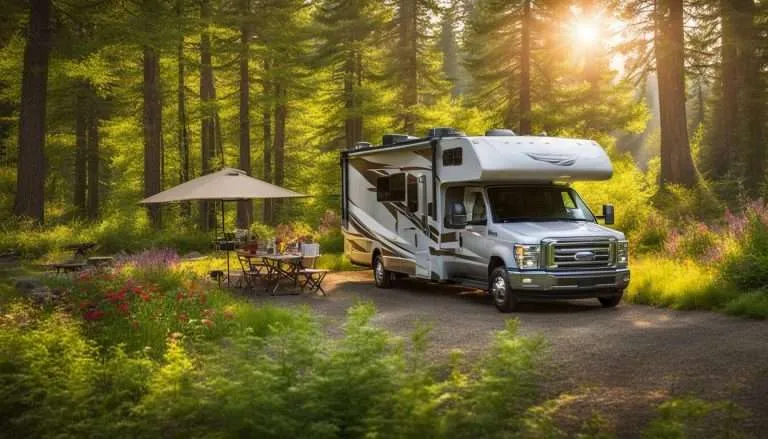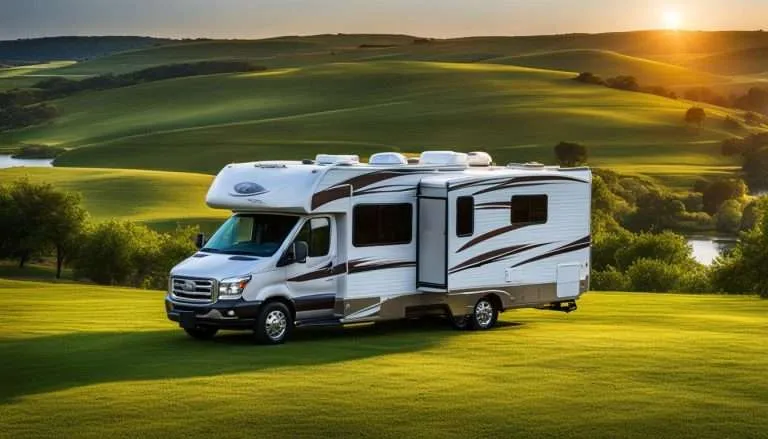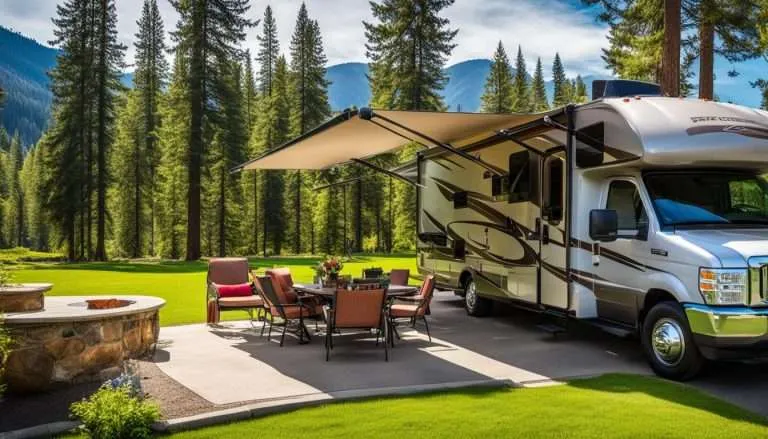Forest River RV Furnace Problems: Solutions Included

Last updated on August 12th, 2024 at 11:33 pm
Are you a travel enthusiast like me who has Forest River RV Furnace Problems? or someone who loves exploring nature in your glorious RV?
With the chilly months looming ahead, you’re likely planning on adventuring further and for longer, being one with nature with the help of a toasty, comfortable furnace.
However, the last thing you want to experience on your expedition is finding yourself in the middle of nowhere with a furnace that decides to take the day off.
To help you out, we’re discussing some common Forest River RV furnace problems, their causes, and how to troubleshoot them like a pro. So, get ready to be informed and entertained as we tackle these issues, one temperature drop at a time.
In the wrong place? We also have articles on Sierra, Grey wolf, Furnace, Heritage Glen, FR3 Problems.
Here are some of the main Forest River RV Furnace Problems
- Ignition problems: If the furnace isn’t starting up properly, it could be due to a faulty ignition system. A defective control board, a dirty or corroded electrode, or a bad flame sensor may cause this. The solution will depend on the specific cause of the issue. If the control board is faulty, it may need to be replaced. If the electrode or flame sensor is dirty or corroded, it can be cleaned with a soft brush or emery cloth. In some cases, replacing these components may be necessary.
- Blower motor issues: If the blower motor isn’t working correctly, the furnace may not be able to distribute heat throughout the RV. A worn-out motor or a faulty capacitor can cause this. If the blower motor is worn-out or the capacitor is faulty, they may need to be replaced. A qualified technician can diagnose the problem and recommend the appropriate solution.
- Overheating: If the furnace overheats, it may shut down automatically to prevent damage. A blocked exhaust vent, a dirty air filter, or a malfunctioning limit switch can cause this. Ensuring that the exhaust vent and air filter are clean and unobstructed is important to prevent overheating. If the limit switch is faulty, it may need to be replaced.
- Noisy operation: If the furnace makes unusual noises, it may be due to a worn-out blower wheel, a loose or damaged duct, or a faulty motor. A noisy furnace may require replacing the blower wheel, repairing or replacing damaged ducts, or replacing the motor.
- insufficient Heat Production
One of the most common Forest River RV furnace issues is a lack of sufficient heat production. The culprit for this may be a low propane supply. To troubleshoot, first, make sure your propane tank level is adequate. If it’s low, fill up the tank, and test your furnace again. Additionally, inspect your propane regulator for any clogs or damage, as these can also interfere with proper heat production. - Erratic Cycling
Annoyed by your RV furnace’s inconsistent cycling: turning on and off seemingly at random? The problem could lie with the thermostat. Check if it’s properly mounted and connected, then confirm its settings to ensure it’s programmed correctly for your preferred temperature range. If the problem persists, the furnace’s limit switch might be faulty. Consult your RV furnace manual for guidance on replacing the limit switch with a new one, and don’t forget to turn off the power before attempting any repairs! - Vexing Noises
Who wants to hear screeching, rattling, or banging noises coming from their furnace in the midst of an otherwise serene camping experience? Chances are, you don’t want to be that camper. If you hear unusual noises, start by inspecting the furnace blower and motor for loose or damaged parts. Additionally, ensure the furnace is sitting securely on its mountings. Don’t hesitate to consult a professional technician if you’re uncertain about the potential cause of those mysterious noises. - Blower Running, No Heat
Picture this: your RV’s furnace blower is running – but it’s as chilly inside as it is outside. If this seems all too familiar, then your RV furnace’s sail switch might be faulty. The sail switch monitors airflow within the furnace, letting it know when it’s safe to ignite. To fix this issue, either clean or replace the switch, following the instructions in your RV furnace manual. - Pilot Light Woes
If you have an older Forest River RV furnace model, the pilot light may sometimes refuse to stay lit talk about being fickle. This issue could be caused by a variety of factors, including a faulty thermocouple, a clogged pilot orifice, or even a poorly-adjusted pilot light flame. To remedy this, consult your RV furnace manual for guidance on cleaning or replacing the thermocouple, clearing the pilot orifice, or adjusting the flame height.
Venturing into nature aboard your Forest River RV ought to be a warm, cozy, and unforgettable experience regardless of the outdoor temperature.
With this guide to common Forest River RV furnace problems, you’re better equipped to tackle any issues that may arise, ensuring your time outdoors is as comfortable as it is adventurous.
Final Thoughts
In the end, the key to making the most of your RV’s furnace is maintaining it well and addressing problems as they occur. Embrace the joy of exploration with confidence that your furnace is ready to keep you and your travel companions cozy, season after season.
- Best 12V Portable Camping Fridge - August 13, 2024
- How to Insulate Slides on an RV - February 8, 2024
- How Much Water Does an RV Use Per Day? Understanding Your Daily Consumption - February 8, 2024






